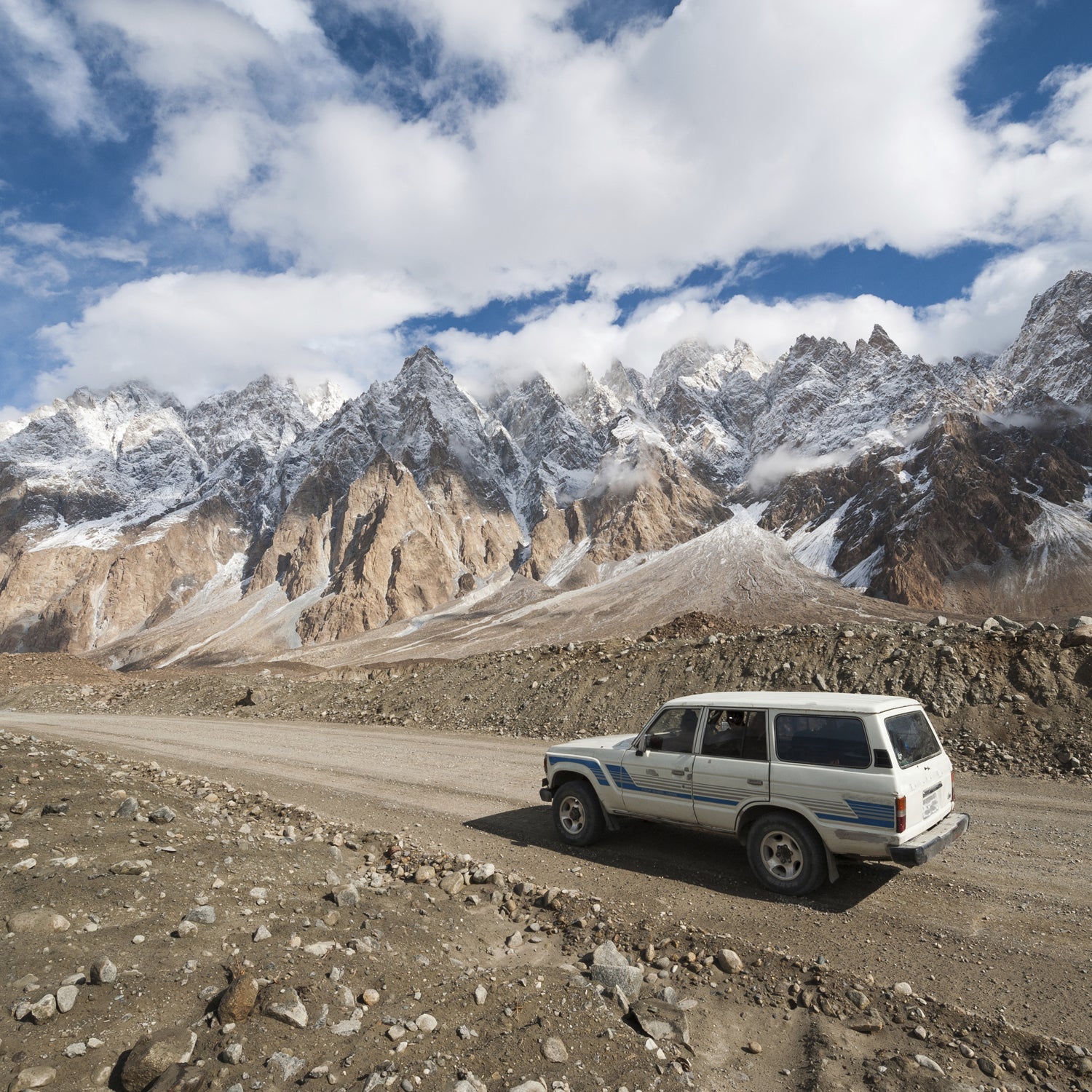After many months of planning, we’re finally off and rolling. On June 10, we began our hitchhiking journey in X’ian, one of the ancient capitals of dynastic China and the starting point for the Silk Road. Over the next few months, we will slowly make our way west, visiting national parks and cultural sites until we end our trip in Kyrgzstan and Uzbekistan. As we travel, we will explore how China’s break-neck growth is impacting the country’s natural spaces as well as the way the Chinese think of these spaces.
Now famous for its Terracotta Warriors, Xian was the eastern terminus of the Silk Road and its markets were once flooded with goods and people from all corners of the world. Today, the remnants of this Silk Road heritage can be seen in the city’s Muslim Quarter. The Quarter’s Grand Mosque, one of the largest in China, is a mixture of Middle Eastern and Chinese architectural elements and a metaphor for the mélange of cultures that the Silk Road engendered.
Our first destination along the road is the sacred Mount Hua, one of the most sacred mountains in China. For two thousand years, Mount Hua has been an imperial pilgrimage site and Daoist retreat. We will follow in the footsteps of hundreds of Chinese hikers as we negotiate the foot-wide wooden panels nailed into cliff faces in the pre-dawn darkness in time to watch the sun rise from the East Peak.
Hitchhiking further westward, we will trace a route along the Gansu Corridor, the thin strip of land squeezed between the Gobi Desert and the plateaus of Tibet, where thousands of caravans have passed on their way into and out of China. Gansu is home to the Great Wall’s final tower, where the Chinese empire dissipate into the desert. In Gansu, we will hike in the Qilian Mountains, the northern border of the Tibetan world, and camp in the Badian Jaran Desert, home to some of the world’s tallest dunes.��
In July, we will cross into Xinjiang, China’s restive far west. This will be the most adventurous and challenging part of the trip. Unlike the rest of China, Xinjiang’s population is majority Muslim and the province has recently experienced ethnic strife. We will explore these issues in the context of Xinjiang’s natural world, camping in Kyrgyz yurts in Sayram Lake National Park. We will also take part in the Mongolian Nadaam Festival, with competitions in archery, wrestling and, of course, horseback riding, to be held in central Xinjiang.
Our trip will end in the borderlands between the Chinese and Muslim worlds. We will visit Tashkurgan, a Tajik city in China along the branch of the Silk Road over the Karakoram Range, just a hundred and fifty miles from K2. Here, we will hike in Karakul Lake Park and try Buzkashi, a polo-like game played with the carcass of a headless goat. From Kashgar, north of Tashkurgan, we will pass out of China into Kyrgzstan and Uzbekistan to visit some of the most significant Silk Road entry points, like Samarkand and Buhkara.
Beyond seeing these fascinating sites and studying the history behind one of the world’s first big steps towards a global economy, we will document how the Chinese use and relate to their outdoor spaces. ����
Lee Moore has lived and worked in China for more than two years, doing graduate work entirely in Mandarin at Nanjing University. Galen Burke is a professional photographer and videographer who has been concentrating on outdoor and sports photography. Follow their entire trip across the Silk Road at ��and posts to��.����

